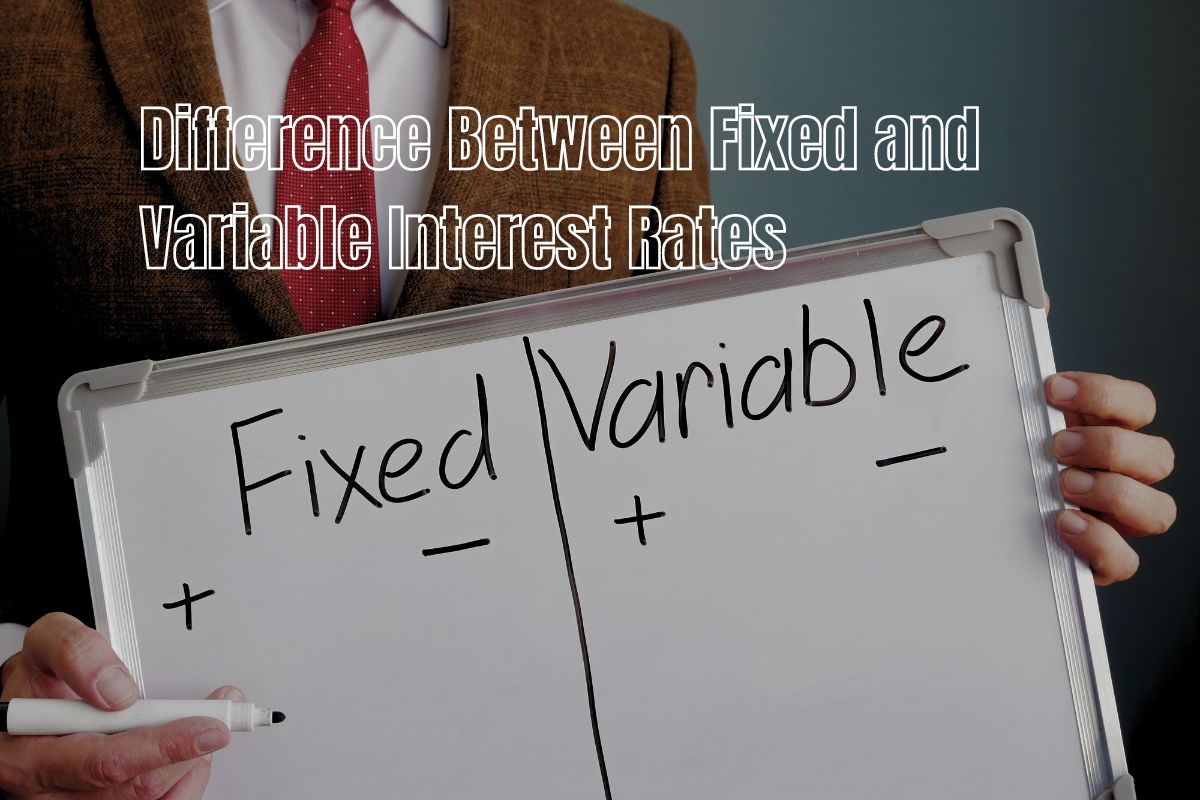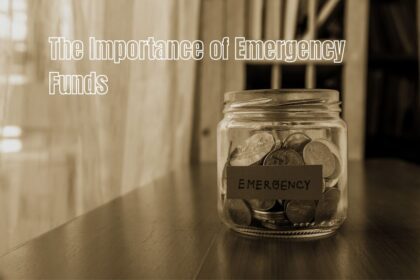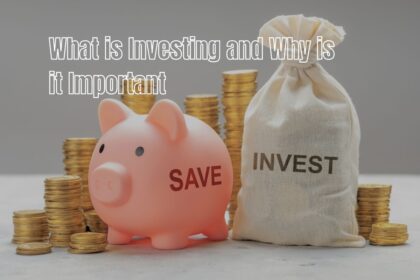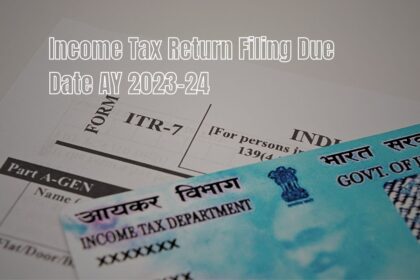Introduction
In finance, interest rates play a crucial role in determining the cost of borrowing money. Regarding loans, there are two primary types of interest rates: fixed and variable. Understanding the difference between fixed and variable interest rates is essential for making informed financial decisions. In this article, we will explore the characteristics, pros, and cons of fixed and variable interest rates, helping you navigate the complex landscape of lending and borrowing.
What Are Fixed Interest Rates?
Fixed interest rates are rates that remain unchanged throughout the entire term of a loan or investment. This means that the interest rate you agree to at the beginning of the loan will stay constant, regardless of any fluctuations in the broader market or the economy. Fixed interest rates provide borrowers with predictability and stability, as they know exactly how much they will owe each month.
How Do Fixed Interest Rates Work?
When you opt for a fixed interest rate, you agree with the lender where the interest rate is fixed for a specified period. Whether it’s a mortgage, car loan, or personal loan, the interest rate and the monthly payment amount remain constant for the loan term. Fixed interest rates are determined based on various factors, such as the borrower’s credit score, market conditions, and loan length.
Pros of Fixed Interest Rates
- Certainty: With a fixed interest rate, borrowers know exactly how much they must pay each month, allowing for easier budgeting and financial planning.
- Protection against rate hikes: If interest rates rise, borrowers with fixed interest rates are shielded from the impact. Their rates remain the same, providing stability and security.
- Peace of mind: Fixed interest rates eliminate the stress and uncertainty associated with potential fluctuations in interest rates. Borrowers can rest assured that their payments will remain constant.
Cons of Fixed Interest Rates
- Higher initial rates: Fixed interest rates tend to be higher initially than variable rates. This is because lenders factor in potential future market changes and aim to offset any potential losses.
- Missed savings opportunities: If interest rates decrease in the market, borrowers with fixed interest rates will only benefit from the lower rates if they refinance their loans, which often incur additional costs.
What Are Variable Interest Rates?
Variable interest rates, also known as adjustable rates, fluctuate over time based on changes in a specified reference rate, such as the prime rate or the London Interbank Offered Rate (LIBOR). These rates are tied to broader market conditions and can rise or fall depending on various economic factors.
How Do Variable Interest Rates Work?
When you opt for a variable interest rate, your rate will change periodically, typically every few months or annually, based on the reference rate. The reference rate is influenced by factors such as inflation, economic indicators, and central bank policies. As a result, your monthly payment amount can increase or decrease over the life of the loan, depending on the direction of interest rates.
Pros of Variable Interest Rates
- Initial lower rates: Variable interest rates often start lower than fixed rates, providing borrowers with lower initial monthly payments and potential cost savings.
- Opportunity for savings: If interest rates decrease, borrowers with variable rates will benefit from lower monthly payments without needing to refinance.
- Flexibility: Variable interest rates are well-suited for borrowers who anticipate changes in their financial situation, such as expecting an increase in income or planning to sell the property before the rates adjust significantly.
Cons of Variable Interest Rates
- Uncertainty: Unlike fixed interest rates, variable rates are subject to change, making it challenging for borrowers to predict future payment amounts accurately.
- Risk of rate increases: If interest rates rise, borrowers with variable rates will face higher monthly payments, potentially stretching their budgets and causing financial strain.
- Refinancing costs: To lock in a fixed rate when variable rates increase, borrowers may need to refinance their loans, which can involve fees and additional paperwork.
Frequently Asked Questions (FAQs)
-
Are fixed interest rates always higher than variable rates?
No, fixed interest rates are not always higher than variable rates. While fixed rates tend to be higher initially, they provide borrowers stability and protection against future rate hikes.
-
Can I switch from a fixed interest rate to a variable rate during the loan term?
Sometimes, lenders offer the option to switch from a fixed interest rate to a variable rate or vice versa. However, it is important to carefully consider the terms, potential risks, and fees associated with such a change.
-
How often do variable interest rates change?
Variable interest rates typically change periodically, often every few months or annually, depending on the loan agreement terms.
-
Should I choose a fixed or variable interest rate for a long-term loan?
Choosing between fixed and variable rates for a long-term loan depends on your risk tolerance and financial goals. Fixed rates offer stability, while variable rates may provide initial cost savings but come with the risk of future rate increases.
-
Can I refinance a loan to switch from a variable to a fixed rate?
Yes, refinancing a loan is one way to switch from a variable to a fixed rate. However, assessing the associated costs and determining if the benefits outweigh the expenses is crucial.
-
Are there any penalties for paying off a loan with a fixed interest rate early?
Some loans with fixed interest rates may have prepayment penalties. It is essential to review the loan agreement terms to understand any potential penalties before considering early repayment.
Conclusion
Understanding the difference between fixed and variable interest rates is vital for borrowers seeking financial stability and flexibility. Fixed rates provide certainty and protection against future rate hikes, while variable rates offer initial cost savings and the potential for decreased payments. By considering your financial goals, risk tolerance, and market conditions, you can make an informed decision when choosing between fixed and variable interest rates.
Remember, when taking out a loan or entering into any financial agreement into NFTs or planning to buy bitcoin it’s essential to consult with a financial advisor or lender who can provide personalized guidance based on your unique circumstances.













